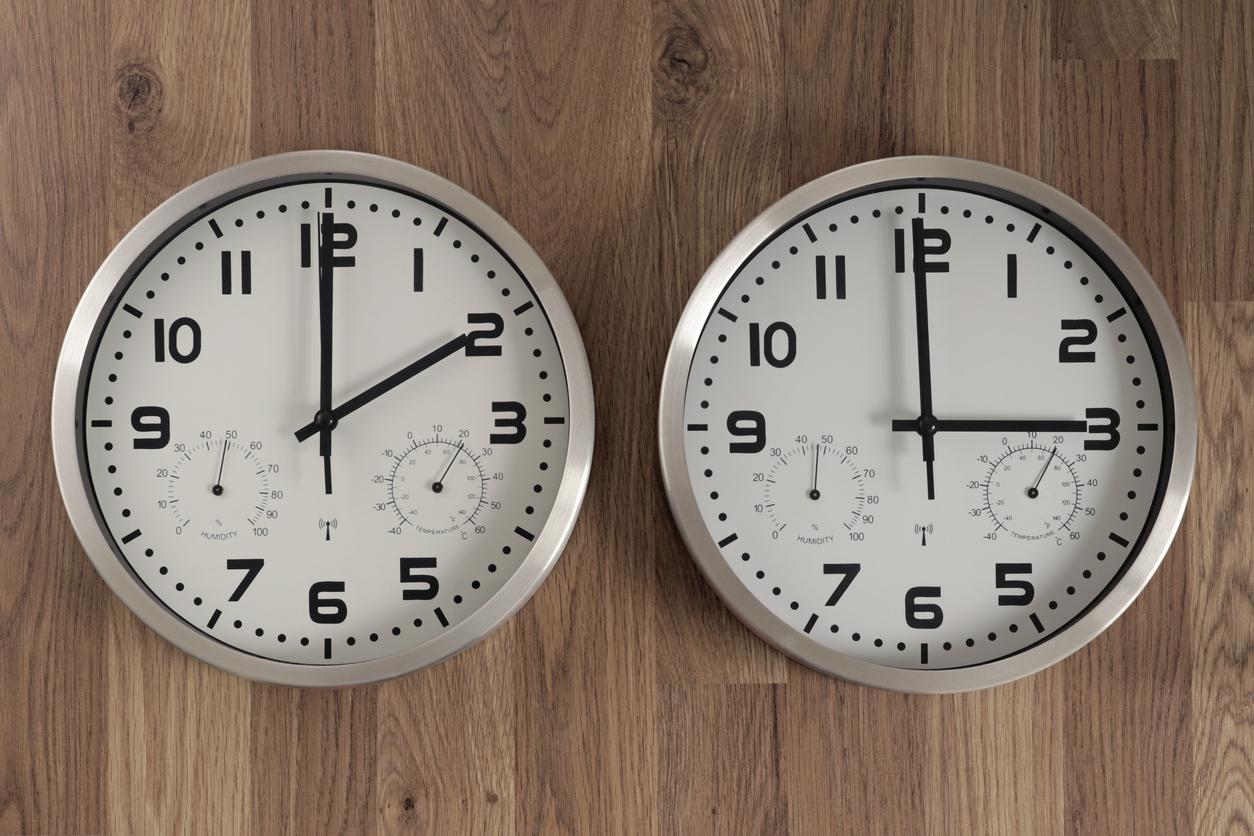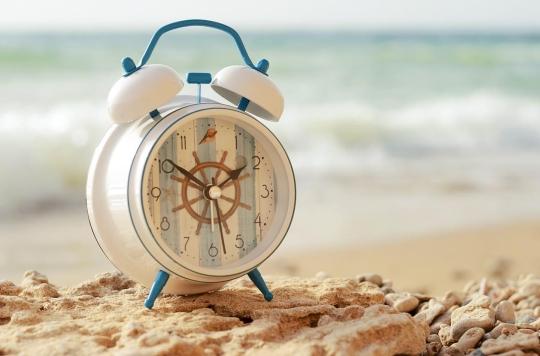Biological clock, chronobiology, metronomic treatment scheme … Doctors have long been interested in the natural rhythms of the body of their patients in order to better adapt treatments. But they lacked benchmarks. An Inserm team shows that the functioning of the body’s organs follows a particular rhythm over the 24 hours, a rhythm which is also different according to the organs. An atlas is in preparation to improve the effectiveness of treatments and reduce their adverse effects.

A team of Inserm researchers, led by Howard Cooper (Inserm Unit 1208 “Stem Cell and Brain Institute”), presented work which shows that the body’s organs do not function in the same way depending on the time of day. and that this operating rhythm is also different according to the organs.
These results published in the journal Science show how important it would be to take better account of the biological clock of each organ, in order to administer drugs at the right time to improve both their effectiveness and their tolerance.
His team is also providing for the first time an accurate mapping of gene expression (activity), organ by organ, and as a function of the time of day. A sum of work, started ten years ago, and which required two years of analysis. Researchers are now preparing a chronobiological atlas of gene activity which will be available to the entire scientific community.
Each organ has its own biological clock
Genes are small sequences of genetic code on chromosomes, inside the nuclei of cells, that are used to code to make different proteins and molecules (just like a computer program codes to perform a function). From this work, it appears that about two thirds of the genes encoding proteins would have cyclic activity over the course of 24 hours, with activity peaks in the morning and early evening.
However, this gene activity varies greatly from organ to organ, confirming that, in addition to the central internal clock, each organ has its own clock. An Inserm team is proving this for the first time in a diurnal primate, closer to humans than insects and mice, and is providing an unprecedented spatio-temporal mapping of “circadian gene expression” for all organs. . This work marks a major advance in the field of “chronobiology”.
First study in primates
Until then, studies to explore the circadian rhythm in different organs had been carried out mainly on insect models, such as Drosophila, and nocturnal species of small animals, in particular mice.
With the circadian clock being primarily synchronized by the day-night light cycle, it would have been tempting to reverse the cycle in mice to obtain data from diurnal animals. But rodents are not only out of phase with humans, they also have a very different lifestyle: fragmented sleep day and night, versus more consolidated sleep at night for diurnal mammals like man, or a permanent diet during the nocturnal awakening phase while men eat meals distributed on a regular basis. These are all factors that also contribute to the synchronization of the biological clock.
It was therefore essential to work with species closer to humans.
An analysis of 25,000 genes from diurnal primates
To do this, the researchers analyzed, in non-human primates, the RNAs (mirror sequences of genes used in the production of proteins) of more than 25,000 genes from 64 organs and tissues, every two hours and for twenty- four hours. Major organs were screened, as well as different areas of the brain.
In total, the researchers analyzed 768 samples. A colossal task that began ten years ago and which required two years of analysis. For each of these samples taken from different organs and at different times of the night cycle, they sought, quantified and identified the RNAs present in the cells. These RNAs then become proteins or remain as RNA with regulatory properties on other molecules. This is called the “transcriptome”.
80% of genes set on the biological clock have essential functions
First important finding, researchers have shown that 80% of genes that have a cyclic activity code for proteins responsible for essential functions in cells, such as waste elimination, DNA replication and repair, metabolism. ..
But there is a very great diversity of “transcriptomes”, that is to say of all the RNAs present in the cells of the different samples, over the course of 24 hours.
Two peaks of activity during the day
The number of genes which have a cyclic activity also varies in number according to the organs (approximately 3,000 in the thyroid or the prefrontal cortex against only 200 in the bone marrow) and in type: less than 1% of the “rhythmic” genes in a. fabric are also used in other fabrics.
Even the thirteen known genes of the biological clock, which the authors expected to find cyclically in all the samples, are ultimately not all present: not in the same quantities or not at the same time.
The only common points between these 64 tissues analyzed for the different organs are ultimately the well-defined peaks of gene activity during the day: at the end of the morning and at the beginning of the evening. The first, and most important, occurs 6 to 8 hours after waking up with over 11,000 genes expressed in the body at that time. And the second, less intense, sees around 5,000 genes in action in the tissues. Then, the cells are almost at rest during the night, particularly during the first part of the night.
Many implications for treatment
These results surprised the authors by the extent of the rhythmicity of the functioning of the organs of the non-human primate: the possible applications are very wide.
“Two-thirds of strongly rhythmic coding genes is a lot more than we expected,” says Howard Cooper. “More importantly, 82% of them code for proteins targeted by drugs or are therapeutic targets for future treatments”.
This goes to show how important it is to keep track of the body clock to deliver drugs at the right time of the day to improve efficiency and reduce side effects.
Some research teams are working on these “chronobiological” questions, particularly in the field of cancer (for example “metronomic” treatment regimens), but Howard Cooper wants to go much further. This is why his team is developing a real atlas, in the form of a searchable database, to allow scientists around the world to finally know the expression profile of each gene in the different organs of the body over the course of 24 hours. .
.

















